November 3, 2016 Leave a Comment
From a young age, we learn that cleanliness is next to Godliness. At school, home and other establishments, the importance of a clean person and clean surroundings is drilled into our young minds. But by the time we grow up, we often don’t think about the real reason for this. Cleanliness or hygiene isn’t just about the uncluttered atmosphere of a tidy room or the smell of freshly washed towels – it can actually save lives!
The Connection between Health and Hygiene

This connection between hygiene and health is what led to the formation of the Global Hygiene Council in 2006. For the past ten years, the council has been monitoring infection threats across the world, conducting studies about the spread of germs within homes and communities. Based on the data collected during this process, they have released the ‘Small Steps for Big Change’ report. This report focuses on the burden of infectious diseases in children across the world. Here are some of the salient points in the report:
- 2.7 million children die within the first month of their birth, purely due to hygiene issues
- It is predicted that more than 3 million children under five will die from infectious diseases next year
- Almost a million children die from pneumonia each year
- 220,00,00 children suffer from food borne diarrheal disease every year
- More than 700,000 children under the age of 5 years die as a result of diarrhea; about one child per minute
- It is predicted that resistance to antibiotics may kill up to 10 million children a year by 2050
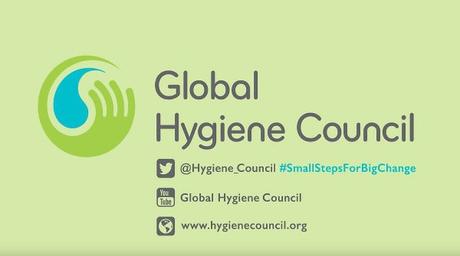
The saddest part is that most of these deaths are preventable by basic hygiene practices. The experts of the Global Hygiene Council has come up with a simple 5-step plan to protect children all over the world from preventable infectious diseases like diarrhea, cold, flu and others. This plan has been put together by pediatricians, infectious
disease specialists and public health experts from the UK, France, the USA, Nigeria, and South Africa, making this a truly global effort.
Here is a look at the 5 steps in more detail.
5 Hygiene Steps to Prevent Infectious Diseases in Children
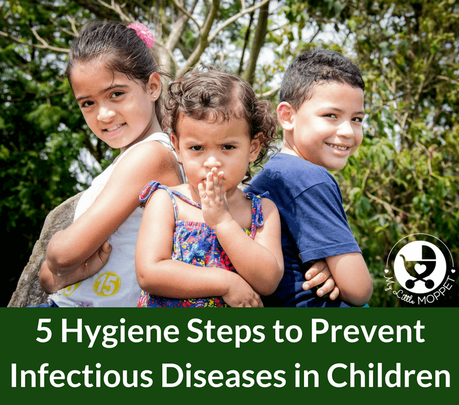
1. Take Special Care of Babies
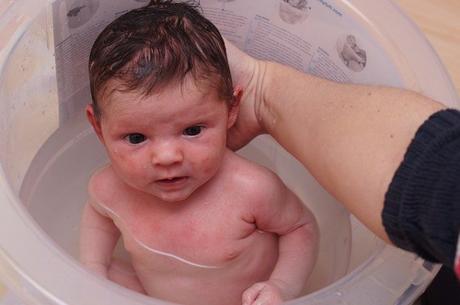
Babies have very weak immune systems and are at the most risk of contracting disease during the first few months of their lives. The most important step at this stage is to ensure that all babies get their vaccinations according to schedule. This alone can go a long way in keeping them safe from various dangerous illnesses. Additionally, keep babies away from crowded places and sick people for several weeks after birth, and breastfeed exclusively for the first six months.
2. Wash Hands with Soap and Water
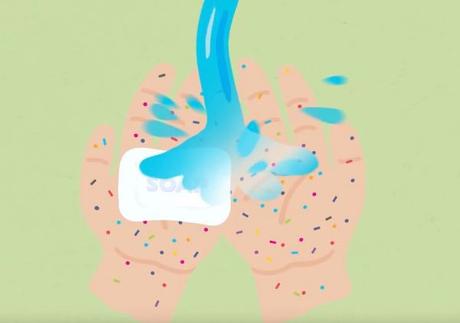
Washing hands with soap and water is a very basic act but it plays a huge role in bringing down the number of deaths in children under five. Washing your hands at specific times – before touching food, after coming in from outside, after using the toilet or touching pets – can reduce chances of infection and diarrheal disease by up to 50%. Train kids to wash their hands properly. Use enough soap and water, scrub the hands completely including fingers and nails and rinse thoroughly afterward.
3. Ensure Proper Food Hygiene
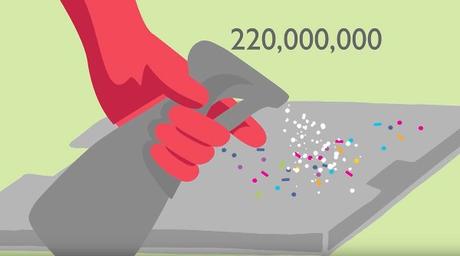
As shown in the ‘Small Steps Big Change’ report, food borne diseases form a major part of preventable infecious diseases affecting children. For this it is important to ensure good hygiene right from food preparation. Keep bugs away from the kitchen using appropriate repellents. Use separate chopping boards for vegetables and meat, to avoid contamination. Wash hands thoroughly after handling raw eggs or meat. Always keep cooked food covered and follow the correct methods of food storage, freezing and reheating.
4. Clean Frequently Touched Surfaces

When cleaning our homes, we often ignore the most frequently touched surfaces like door knobs, remotes and switches. These surfaces are usually brimming with germs and require regular cleaning with a disinfectant. Children in particular tend to bring home many germs from school and they then touch everything within sight. Use a disinfectant spray and clean cloth to wipe surfaces clean.
5. Establish Good Overall Hygiene Practices
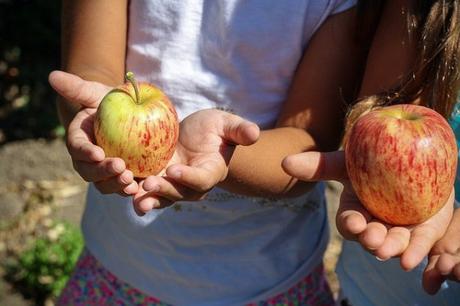
Many of us are concerned about the increasing resistance to antibiotics that is resulting due to super bugs. Nip the problem in the bud, by preventing children from becoming sick in the first place. Boost their immunity by including immune-boosting foods in their diet. Let them get enough physical activity, at least 8-9 hours of sleep and a stress-free environment. This will prevent them from catching infections and needing medications.
As the report’s name says, these small steps can result in a big change that can save millions of lives every year. We probably do many of these in our homes, but a little more focused effort on our side can keep our kids healthier and immune to infection. Along with making changes in our homes, do take the trouble to spread awareness about the issue too. You can check out Global Hygiene Council’s Facebook page and share posts on social media. You can also educate the people around you so that they can implement these steps in their lives. Together, we can change the world and make it a healthier and safer place for the next generation.
+11 Share1 Pin1 TweetShares 3Health, Sponsored Posts hand washing, health, health tips, healthy, immunity, Sponsored
